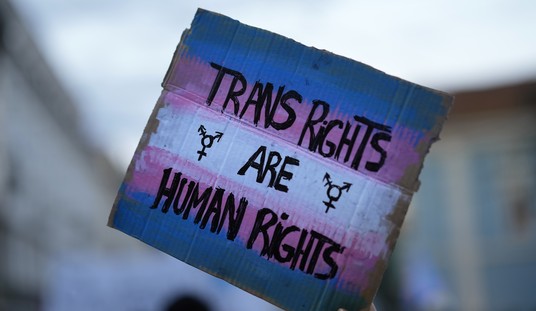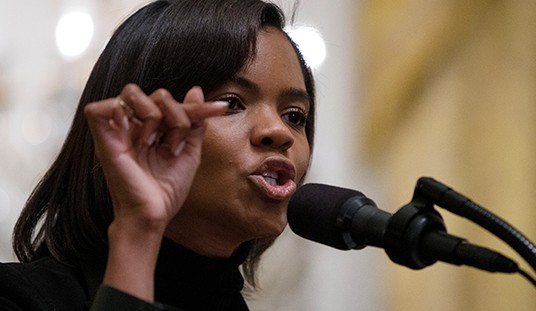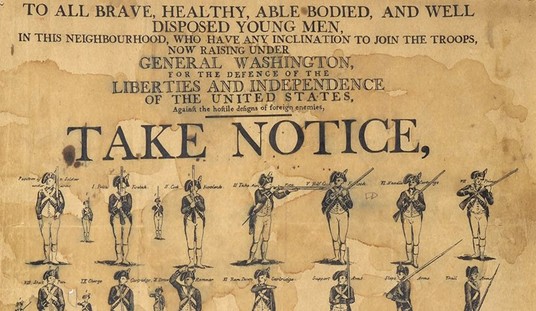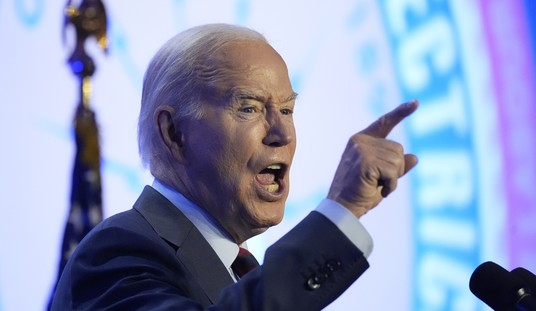Taking a look at how we got to the bubbling up of the hard seltzer market today.
Just about anywhere you may go to imbibe these days — bars, restaurants, liquor stores, grocers, convenience stores — you cannot avoid seeing some form of hard seltzer being offered up. If there could be an Official Drink of the Pandemic, it would be the hard seltzer. These canned sub-cocktails became quite the rage during the pandemic. While many aspects of the drinking industry experienced Covid-induced losses and challenges, the seltzers that had begun to be marketed before the outbreak had their market share explode well over 100%.
The reasons behind this effervescence of sales were numerous. With buying options limited for drinkers, the seltzers were available at most grocers, which remained open and thus gave a buying option, one imbued with numerous flavor options. Also helping were restaurants shifting to a take-out profile, and since dine-in options were removed, cocktails to-go became a preferred alternative. Seltzers were a popular new option on this front.
Numerous brands have mushroomed on the marketplace, with White Claw being the dominant brand. First introduced 5 years ago, the brand was the brainchild of the man who produced Mike’s Hard Lemonade, with a target on the female market. Marketed as a healthful drinking alternative it touted a low calorie and gluten-free composition. The option became a hit, and while others were playing catch-up White Claw surged in popularity, at one point experiencing shortages as it tried to keep up with demand.
In 2019, White Claw held 60% of the seltzer market, and last year the brand topped $4 billion in sales. White Claw now offers 11 fruit flavors, 4 teas, and now 2 higher alcohol options.
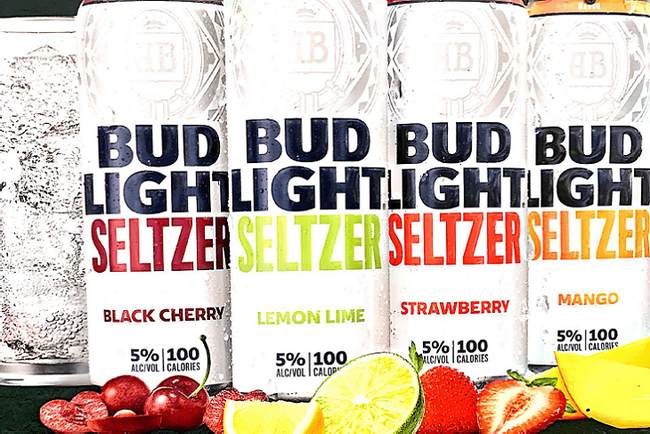
Many brewers have gotten in on the action, well-positioned to exploit the popularity through distribution networks and creating options even marketed under their existing labels. Corona has its own line of flavors, and Molson-Coors has its Coors Seltzer line, as well as the brand name Vizzy. AB-InBev has gone all in, distributing a number of brands as well as creating an array of seltzers based on its labels, with varying alcohol levels. Bud Light, Michelob Ultra, Bud Light Platinum, and even Natural Light have lines, with more flavors being trotted out on the regular.
But as we’ll see, this raging popularity is becoming part of a generational cycle of beer alternatives.
It All Began In ‘California’
In the late 1970s, a pair of high school friends developed the idea of selling a fruit-infused wine to be sold in individual 12-ounce bottles. What made this unique was that instead of having to purchase entire 750ml bottles those looking for an alternative to beer had a portable option that could be carried and served in the same fashion. Sold with the brand name California Coolers, these single-serve white wine sangria bottles became a surprisingly popular product.
By the mid-1980s the popularity surged to a point that competitors cropped up in the market. Seagrams developed its own line of quick-serve wines, dubbing them as wine “coolers,” and then in came the wine giant Ernest & Julio Gallo with their brand called Bartles & James. With a surprisingly popular ad campaign focused on two modest midwest elderly men, posing as the titular producers, the brand exploded and overtook the wine cooler marketplace. So successful was the launch that as the others faded the B&J label sported a huge list of flavors and options.
The difference in these brands is that they were truly a wine-based product and this held back major competitors, but even this somewhat sheltered product line was not guaranteed a long-term life span. By the mid-90s the cooler craze cooled, and the fading of the brands was seen. But a new product was being developed to fill the same market niche.
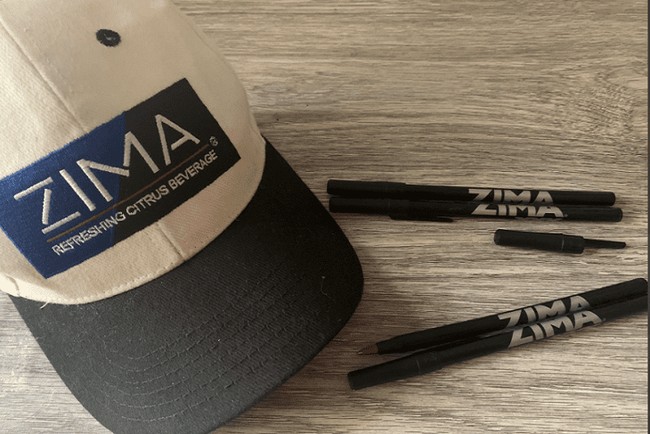
From A Wine to Zima
In the early part of the same decade, there was an odd marketing craze that spanned numerous items in a grocery store. The concept of a “Clear” product swept across the product shelves, instigated primarily by Crystal Pepsi. Products as varied as laundry detergents and deodorants got in on the odd fad, and in following suit, Coors attempted to create a clear beer, and in the process came up with a new product — Zima.
While attempting to strip away enough of the base components of beer to develop a clear version of its brew, the process they hit upon involved taking their lower grade beer and running it through a charcoal filtering. This managed to tear away the yellow tinting of the beer but also the flavors. What remained was a low-grade alcohol base that held no beer components, so the brewer went in another direction. It took this malt-based beverage and added citrus, thus marketing it as an entirely new product.
Through a huge marketing push upon its launch, Zima drew an initial explosive success. The product stunned many when in 1994 they sold well over 1 million barrels of the newly created product. The brewery touted that in that year they estimated 75% of drinkers had sampled Zima, compelled no doubt by a saturation ad campaign; Coors spent more selling Zima that year than on its signature product. But what was experienced can be chalked up to not wild approval but mass curiosity.
By 1996, sales plunged by near -70%, and Zima became entrenched as the one thing the brewery had sought to avoid — it was seen as a women’s drink option. The potential customer base was halved and the brewery backed away from promotions, but the drink just sort of lingered around for years. This was because even though it never again saw sales over a million barrels it was a money-maker. Take a 6-pack of discount beer that sells for $3.00, filter it, and put it in 4 bottles for $5.00 and you have every reason to keep it going.
Soon its demise came from two fronts. Competition sprouted up when Smirnoff developed its own malt-based brew, Smirnoff Ice, and then Anheuser Busch made a huge national rollout when it came up with its Bacardi Silver line of drinks. But then California, where these malt coolers were most popular, reclassified the drinks as distilled spirits. The malt-based drinks are truly derived from beer, not distillation, but the new state tax on the product was too much to justify, so they soon died off after losing their biggest marketplace.
Yeaaaa…
This stuff is spreading on the beer shelves like bubbly kudzu. pic.twitter.com/3dkwfKFrpO— Brad Slager – In Trouble More Than Pres. Biden (@MartiniShark) July 30, 2021
The New Choice Bubbles Up
This new generation of canned drinks is unique in a few ways, the first being that, as opposed to prior releases that shied away from being tabbed as “chick drinks,” these new seltzers were developed with women in mind. The primary reason for this is that the seltzers are cheaply produced, so the risk was minimal by comparison. They are a true seltzer-base with the alcohol delivered with the addition of the malt beverage. This also makes for a quick turnaround, as you do not need to rely solely on a brewing process for your base product.
Now everyone is getting in on the game and the choices are sprouting up everywhere. The beer coolers in grocers are getting crowded out with sections dedicated to the seltzers, and convenience stores have shelves reserved for these cans. As a pandemic holdover, it has proven a perfect lifeline for many in the beverage industry.
Made cheaply, delivered as part of the distribution network, and made available to the stores and establishments that remained open, the seltzers were both a welcome alternative for drinkers and an unexpected revenue source for distributers. Now the customer base that was exposed to them has taken them on as a regular choice, and that success is spawning an ever-growing list of flavors. Now just a matter of time before this generational fad will fade as well.





